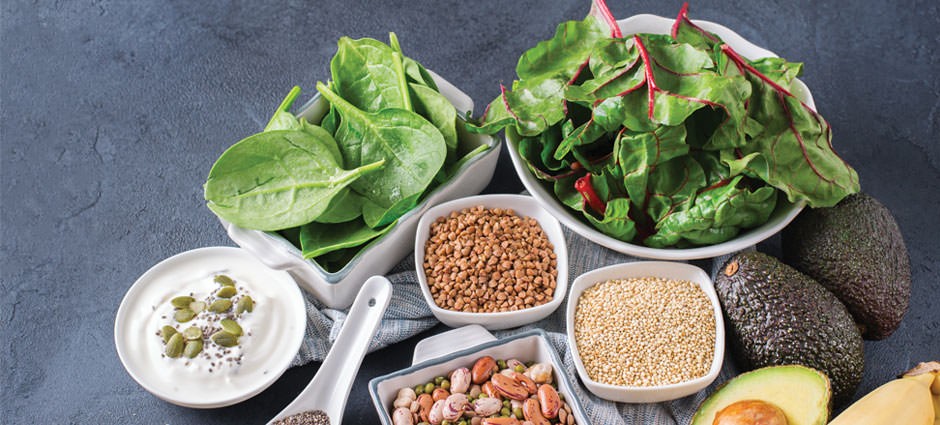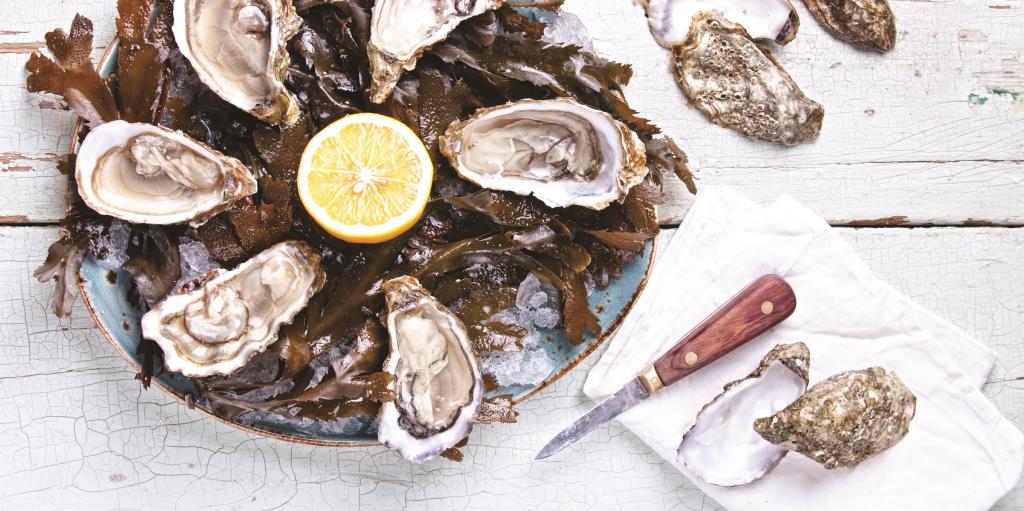May is International Mediterranean Diet Month.
When put to the scientific test, the Mediterranean diet consistently comes out at or very near the top among various eating approaches. The diet derives from the healthy, locally sourced foods and slow-paced, stress-free lifestyle enjoyed by people living near the Mediterranean Sea. Scientific studies have shown that the diet may reduce the risk of heart disease and type 2 diabetes. Researchers have also found that people who closely follow a Mediterranean diet may live a longer life and be less likely to put on weight.
Here are the diet’s five basic guidelines:
- Eat plenty of fresh and seasonal fruits and vegetables; dry-roasted nuts and seeds; legumes like chickpeas and lentils; potatoes; whole grains including bread and pasta; and local seafood—and use fresh herbs, spices and cold-pressed, fresh olive oil.
- Enjoy local eggs, poultry, fresh cheeses and yogurt in moderation.
- Drink wine in moderation, and with meals.
- Choose red meat occasionally.
- Eliminate added sugar and sugar-sweetened beverages, refined grains, processed meat, refined oils and other highly processed foods.
But it’s not just a diet—it’s a way of life. When the concept of the Mediterranean diet was first developed in the 1960s, fast-food restaurants were nonexistent, and there were few processed and packaged foods. It’s quite different from the U.S.’s current grab-and-go, obsessively-reading-food- label-ingredients lifestyle.
So how can we incorporate the Mediterranean philosophy with our contemporary society? By employing the modern lifestyle and dietary practices of today’s healthiest European countries: Switzerland, Italy and France.
People in these countries walk the line between staying healthy and enjoying decadent foods. For example, the Swiss enjoy outdoor activity along with a diet high in dairy from grass-fed cows. Italians use fresh, local ingredients but never give up their pasta. And the French eat small portions of high-fat cheeses, with meals centered on farmers’ market produce.
Here are five ways to go beyond the Mediterranean diet without giving up our beloved chocolate, pasta and cheese:
- Cut back on sugar, and opt for whole fruits to satisfy your sweet tooth. Bake an apple or poach a pear instead of digging into a store-bought cake.
- Break the habit of emotional eating. Enjoy noncaloric activities that make you feel better, like sipping herbal tea or connecting with a friend over a cup of coffee.
- Avoid oversized portions; use a salad plate instead of a dinner plate.
- Fill half of your plate with lightly dressed vegetables and salads. This will make the plate look fuller while reducing portions of starchy foods and protein.
- Be mindful about quality and quantity. When you choose one square of good-quality dark chocolate, your waistline will reflect your change in size, and your taste buds will be satisfied, too.
 Layne Lieberman, R.D., C.D.N., is an award-winning educator and entrepreneur, and author of Beyond the Mediterranean Diet: European Secrets of the Super-Healthy. Follow her blog at worldrd.com.
Layne Lieberman, R.D., C.D.N., is an award-winning educator and entrepreneur, and author of Beyond the Mediterranean Diet: European Secrets of the Super-Healthy. Follow her blog at worldrd.com.










Comments